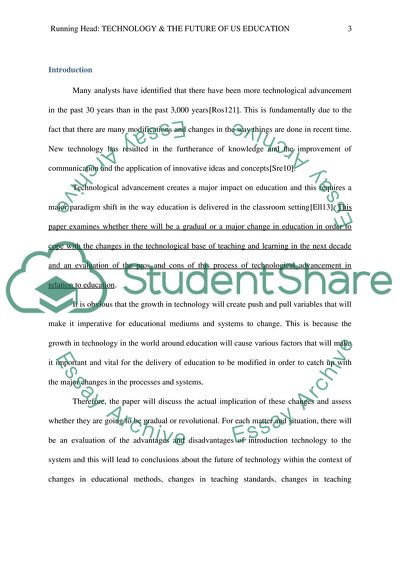Cite this document
(Future of Technology on Education in the US Research Proposal Example | Topics and Well Written Essays - 4750 words, n.d.)
Future of Technology on Education in the US Research Proposal Example | Topics and Well Written Essays - 4750 words. https://studentshare.org/education/1846605-future-of-education-in-the-united-states
Future of Technology on Education in the US Research Proposal Example | Topics and Well Written Essays - 4750 words. https://studentshare.org/education/1846605-future-of-education-in-the-united-states
(Future of Technology on Education in the US Research Proposal Example | Topics and Well Written Essays - 4750 Words)
Future of Technology on Education in the US Research Proposal Example | Topics and Well Written Essays - 4750 Words. https://studentshare.org/education/1846605-future-of-education-in-the-united-states.
Future of Technology on Education in the US Research Proposal Example | Topics and Well Written Essays - 4750 Words. https://studentshare.org/education/1846605-future-of-education-in-the-united-states.
“Future of Technology on Education in the US Research Proposal Example | Topics and Well Written Essays - 4750 Words”. https://studentshare.org/education/1846605-future-of-education-in-the-united-states.


